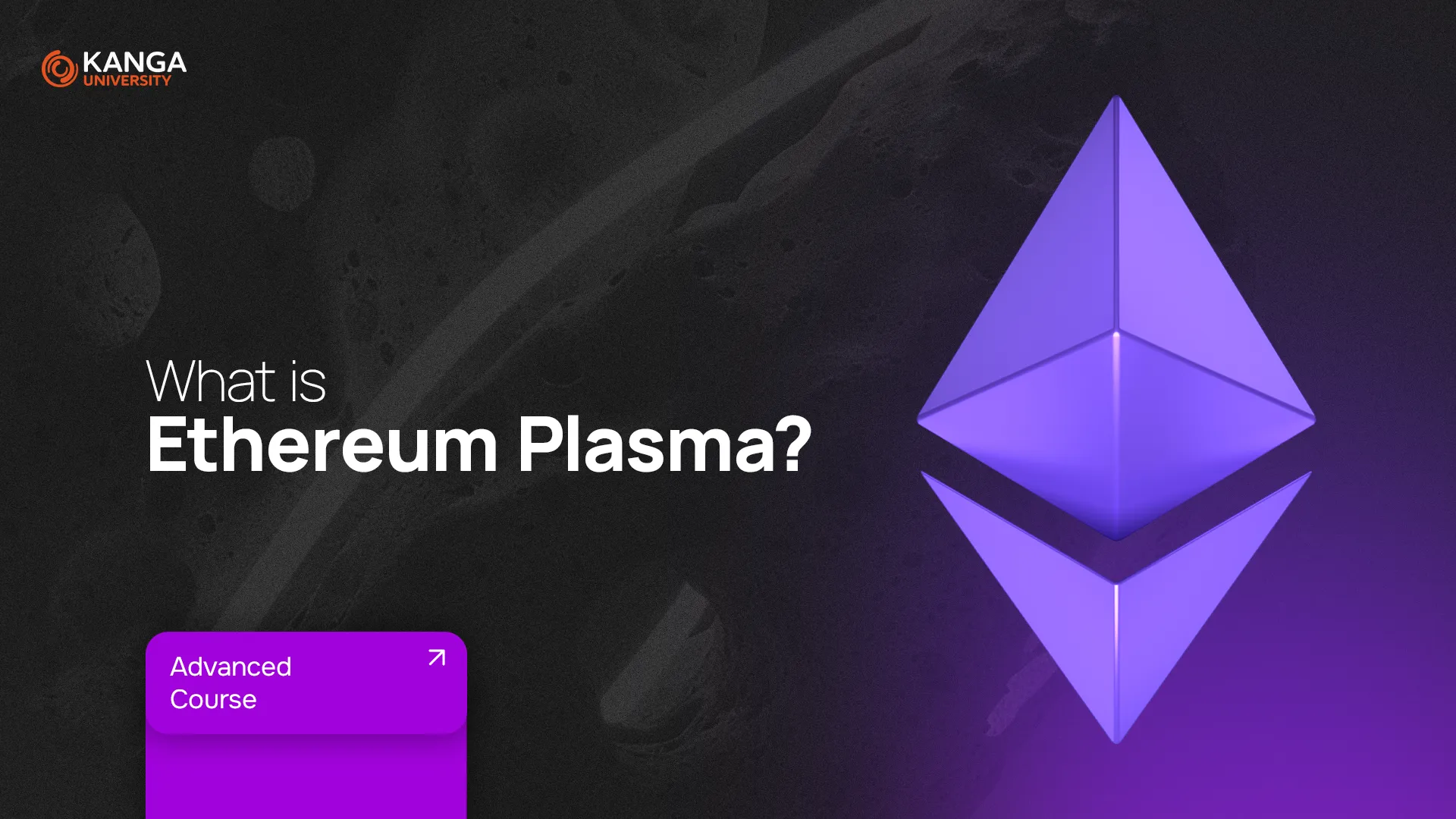
Ethereum is one of the most powerful and widely used blockchains in the world. But as more users and applications enter the network, problems like high gas fees, slow transaction times, and limited scalability become harder to ignore.
That’s where Plasma comes in — a solution designed to make Ethereum faster and more efficient by moving some activity off the main network, without compromising security.
Plasma in Simple Terms
Think of Ethereum like a busy highway. Plasma creates smaller side roads — called child chains — that take some of the traffic off the main route. These side roads operate mostly on their own but connect back to the highway when needed.
This “tree-like” structure means Ethereum can handle more traffic without building a completely new road system. Plasma chains reduce congestion, speed up transactions, and lower costs — all while staying anchored to Ethereum’s main network.
How Does Plasma Work?
Plasma uses smart contracts and something called Merkle trees (a method of organizing data efficiently) to create and manage child chains. Each of these chains can process its own transactions, run its own rules, and interact with users independently.
But here’s the key:
Whenever something important happens — like a dispute or the need to withdraw funds — the child chain sends proof to the main Ethereum chain. This helps keep the entire system safe and verifiable.
Why Is Plasma Important?
• It boosts scalability by taking the load off the main network.
• It lowers gas fees by processing transactions off-chain.
• It improves transaction speed for users.
• It allows developers to build custom, flexible systems on top of Ethereum.
• It keeps user funds safe — even if a child chain goes offline, assets can still be withdrawn through Ethereum.
Fraud Proofs: The Watchdog of Plasma
To make sure everything runs honestly, Plasma uses a security method called fraud proofs. Think of it as a watchdog checking for bad behavior.
If someone tries to cheat the system (like submitting a fake transaction), the fraud proof system catches it and sends a warning to the Ethereum mainnet. This keeps users protected — even if something shady happens on a child chain.
MapReduce: Efficiency at Scale
Plasma also uses a technique inspired by big data processing called MapReduce. In simple terms, it helps split up complex tasks into smaller parts, making it faster to process and verify data across different chains.
The “Mass Exit” Problem
One of the challenges with Plasma is the mass exit problem — a scenario where lots of users try to leave a Plasma chain at the same time. This could happen if users fear an attack or technical failure.
To handle this, developers are working on systems that let users exit more smoothly, even during network stress. It’s a known weakness, but one the community continues to address.
How Plasma Works With Other Technologies
Plasma and Sharding
Ethereum is also implementing a technology called sharding, which splits the blockchain into smaller sections (called shards) to improve speed. Plasma works alongside this system, helping each shard handle its own workload while still being part of a unified network.
Plasma and Raiden
Raiden is another Ethereum solution — focused on fast, low-cost payments. Similar to Bitcoin’s Lightning Network, Raiden uses payment channels for instant transactions. Plasma and Raiden are complementary tools: Plasma helps with general scaling, while Raiden specializes in payments.
Summary
Plasma is a Layer 2 scaling solution built to help Ethereum process more transactions without losing security or decentralization. It works by creating a network of child chains that handle most of the heavy lifting, while the Ethereum mainnet provides backup and oversight.
This approach: • boosts performance,
• reduces costs,
• and opens the door to more complex, high-volume applications.
Plasma isn’t the only scaling solution out there — but it’s one of the most important pieces in Ethereum’s long-term evolution.
Commence your adventure with cryptocurrencies on Kanga Exchange